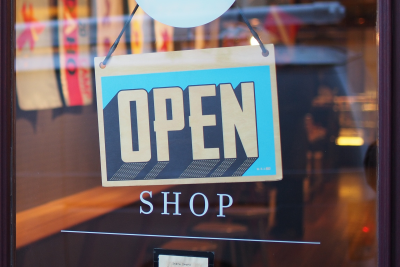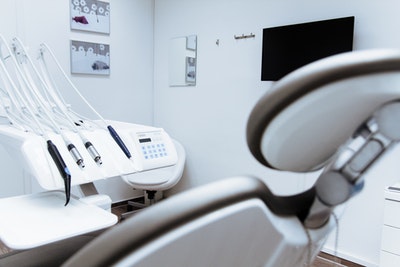The Sustainable Workplace: Standardizing Eco-Friendly Spaces

Businesses have been feeling the pressure to pivot towards more sustainable practices for years now, both in terms of products and services and internal practices – and the clamor for change continues to grow as client composition changes.
Millennials, for example, are more likely to profess a preference for businesses that share their commitment to sustainability.
The question, then, is what steps businesses should take to become more eco-friendly in their daily operations.
A Sense Of Space
Of all the factors that contribute to a business’s environmental footprint, one of the easiest for businesses to control is the sustainability of their office space.
Though different countries have their own green building standards, businesses around the world all have the ability to modify their spaces to use less energy, to furnish their spaces with responsibly made products, and choose renewable energy sources – and they don’t have to compromise the comfort or function of the office to do so.
In fact, these changes are a great place to start for businesses that aren’t ready to substantially modify their supply chains or other operations-related factors.
Spot The Problem
Moving on to businesses that are ready to embrace more comprehensive sustainability efforts – the best place for these organizations to start is by identifying the areas in which your business is most likely to be struggling and seek guidance based on those issues.
For example, the automotive industry struggles with energy efficiency, which is why many are participating in the US Department of Energy’s 50001 Ready program. This self-paced program is designed to help auto manufacturers move towards alignment with the ISO 50001 Energy Management Standard.
A Range Of Standards
Obviously, energy efficiency isn’t the core issue for every business, but one of the advantages of the International Organization for Standardization’s library of standards is that the group offers a wide variety of sustainability guidelines targeting different concerns.
ISO 14001, for example, is the central Environmental Management Standard, with hundreds of thousands of businesses and organizations holding this certification globally.
The goal for any given business, then, should be to identify key concerns and areas of weaknesses and select guidelines to pursue from there.
Stay Future-Oriented
One of the difficulties with sustainability is that, in many cases, best practices are about waiting: waiting until it’s the right time to move to new construction, make improvements to space, or replace furniture until it’s worn out.
The goal of sustainable operations, after all, is to minimize your environmental footprint, not to create more demand for building supplies or material goods. In other words, while the long-term goal should involve making such dramatic changes as to become part of a circular economy, becoming energy positive, developing recycled water systems, and making other structural modifications, in the short-term, it’s more important to focus on small but immediately actionable improvements.
Every business has different strengths and weaknesses when it comes to sustainable operations, but whatever your operation’s particular circumstances, the reality is that change can’t wait any longer. In addition to global supports for transformation, local governments and individual industries are steadily enforcing stricter sustainability policies.
This is the direction the world is going in, and your business needs to keep up.






